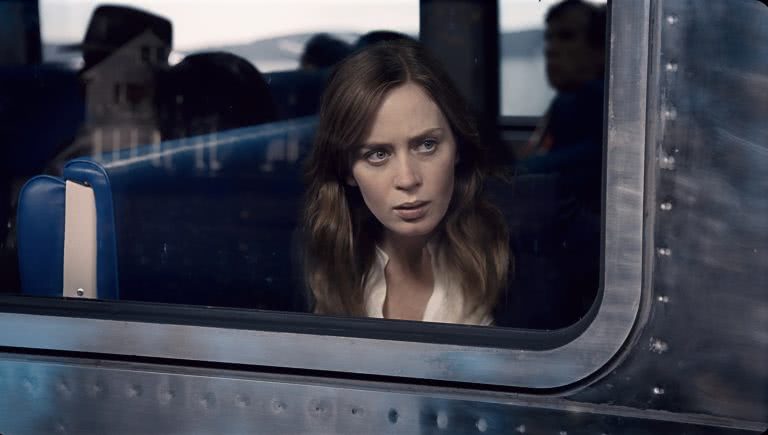★★☆
Gillian Flynn’s adaptation of her own bestselling novel Gone Girl sent shockwaves through the industry on its release in 2014, and while The Girl On The Train is no carbon copy in either its narrative focus or characters, it can’t help but suffer from the inevitable comparison.
Rachel (Emily Blunt) is in free fall – divorced and living vicariously through a couple that she ogles from the window of her morning train. But when she witnesses a dramatic event in the dream couple’s home, she is drawn into a mystery with dire implications for her life.
Erin Cressida Wilson’s adaptation of Paula Hawkins’ bestselling novel retains its focus on the female trio of Rachel, the object of her fantasies Megan (Haley Bennett) and neighbor Anna (Rebecca Ferguson). It rarely struggles with the source’s shifting perspectives, but resorts to lifeless title cards to communicate its non-linear structure, robbing the experience of momentum.
Blunt is magnetic as the core of the mystery, an unreliable narrator and a genuinely broken human being. Her performance of alcoholism is acutely, painfully realised. Sadly, as the role progresses (and like her co-stars), she’s given little to do but cry. There is so much crying in this film.
As for the men, they are a malignant presence in the film, particularly Luke Evans as the volatile Scott. One fears for the women in their company every time they appear on screen – a potent actualising of the spectre of domestic violence. That said, they lack the psychological complexity that defines the genre.
The real mystery is why director Tate Taylor brings the story to light in such a muted telemovie format. Unlike Gone Girl, there is no sense of a unified aesthetic, no flair for revelation. Taylor captures the emotional turmoil of his performers, but lends little suspense to the mystery itself. Even the film’s most powerful moment – a gut-wrenching flashback to Megan’s youth – has effectively no impact on the plot.
The development of character amounts to little as our villain turns on a dime for the sake of shock in the film’s third act, turning them from a complex creature to a violent sociopath in moments. And as the credits roll, Rachel’s trite closing line leaves a taste as cloying and musty as her cheap whisky.
While we share Rachel’s voyeurism, we experience nothing of where it transports her (except in the most literal sense). We reach the expected destination in no more memorable a fashion than the trip we took to reach the cinema.
The Girl On The Trainis in cinemas now.


































